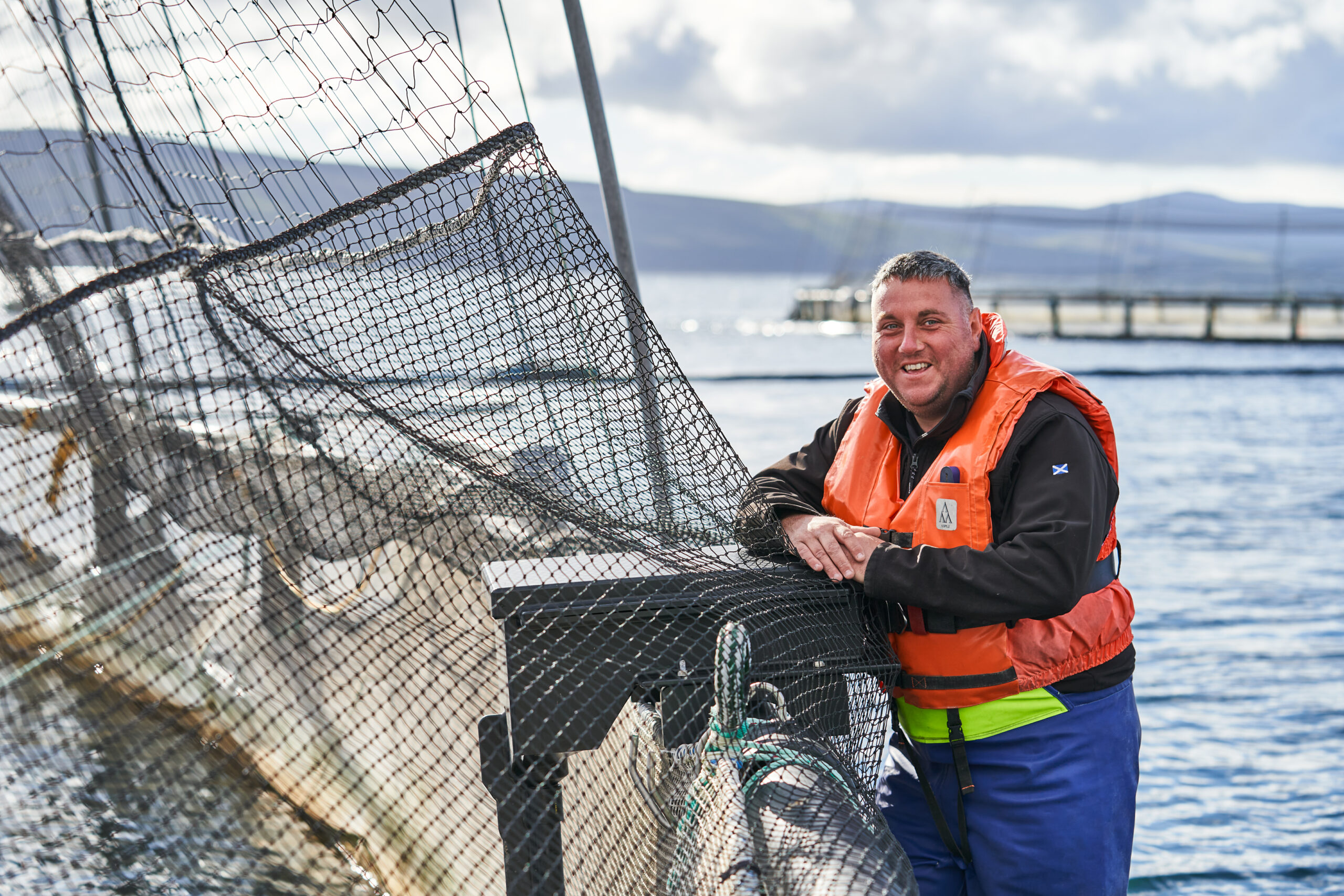Mowi Scotland revenues up, but profits down

Mowi Scotland has reported a 3.74% rise in turnover to £443.3m last year – but it also saw a large drop in profits.
The latest accounts for the Scottish arm of the world’s largest farmed salmon producer for 2022 have just been published.
The operating profit was £27m against £54m in 2021 and the profit before taxation came out 50.85% lower at £26.1m against £53.1m 12 months earlier.
Mowi Scotland said the decrease was predominately due to higher mortalities and the results of SRS (salmonid rickettsial septicaemia) and micro jellyfish blooms.
Mowi operates in some 50 locations around Scotland consisting of smolt hatcheries, fresh and sea water farms, primary processing units and various other facilities connected with salmon farming.
The company said production volumes over the last five years have varied between 57,000 and 73,000 tonnes, depending mainly on the production cycle of biomass in the sea and biological performance.
With total Scottish production of 156,000 tonnes and 205,000 tonnes over that period, Mowi was the biggest player in Scotland, with a market share of around 30%.
Performance ‘satisfactory’ despite challenges
The report said that the financial performance of Mowi Scotland has been “satisfactory” and these positive market trends should continue with increased consumer demand for seafood as a source of protein.
But while the turnover in 2022 was higher than in the previous year, there had been a 10.1% decrease in harvest volume due to higher mortalities, the SRS outbreak and jellyfish issues.
The year on year increase in turnover was the result of a 15.2% higher sales price, Mowi Scotland adds.
Mowi said: “The company’s average sales price does not fully reflect the movement of the salmon spot price of fish pool, as a proportion of the sales volume are sold to customers based on fixed price contracts which may, on occasions, be lower than the spot price.
“The purpose of such contracts is to mitigate the risk of adverse market prices over the period of the contract. Contract coverage was 70% in 2022 and 49.8% in 2021”
“On the production side, the challenges faced by the company relate to fish health and growth primarily affected by sea lice, cardiomyopathy (CMS), gill disease, treatment losses and to a lesser extent algal blooms.”
These biological problems led to higher mortalities, lower biomass growth and downgraded products all of which have meant increases in production costs per kilo and decreased sales prices, the report adds.


